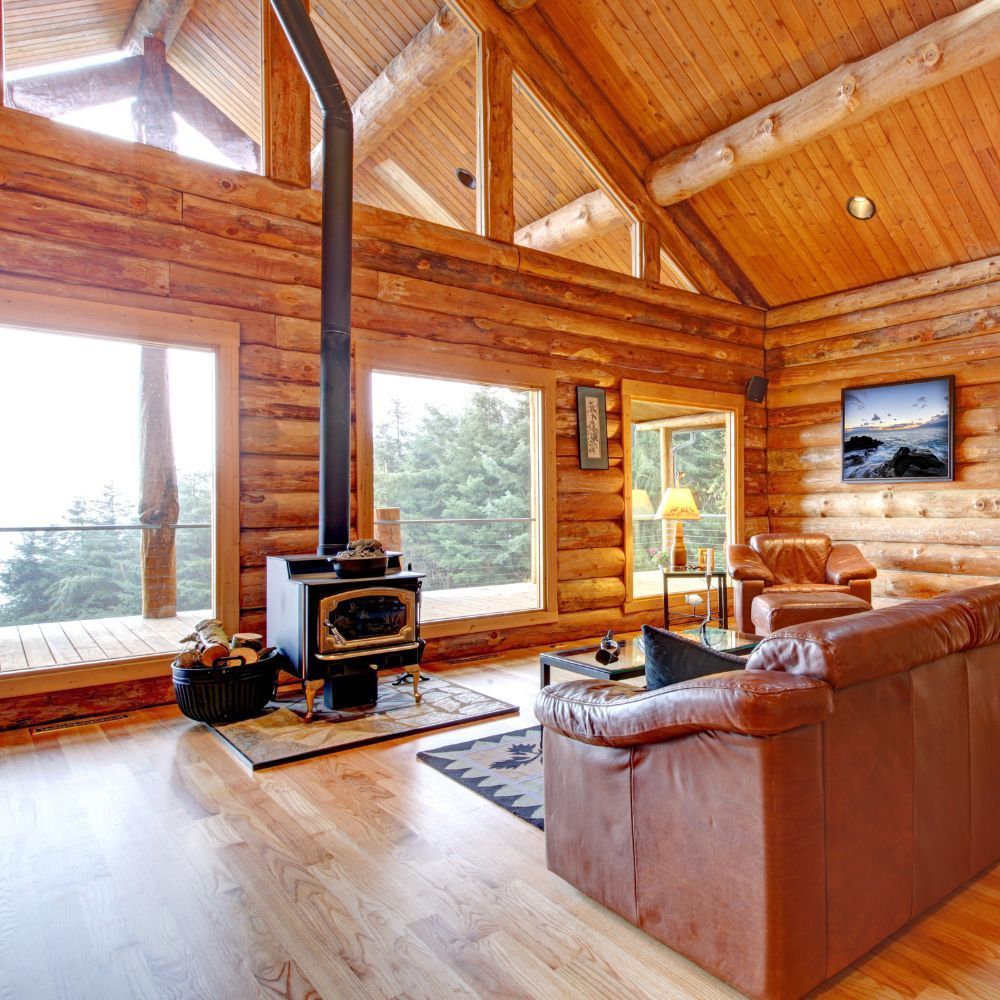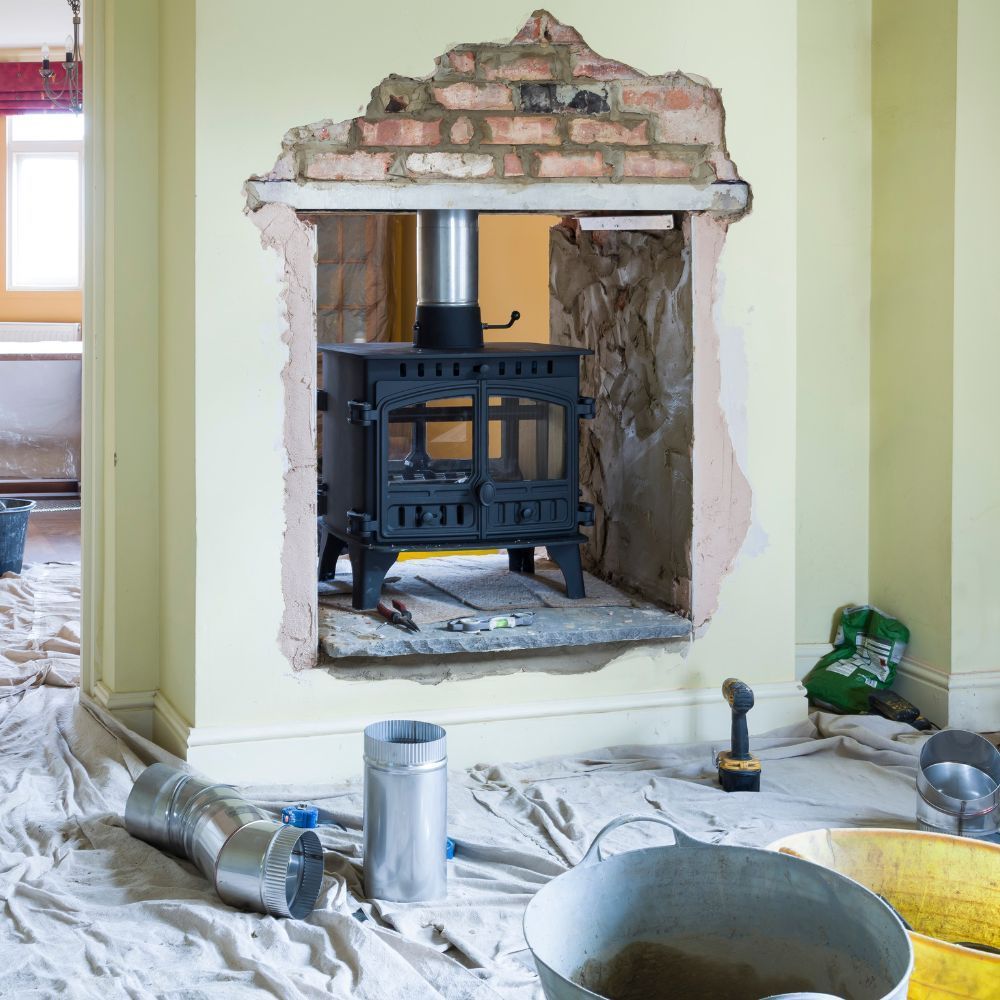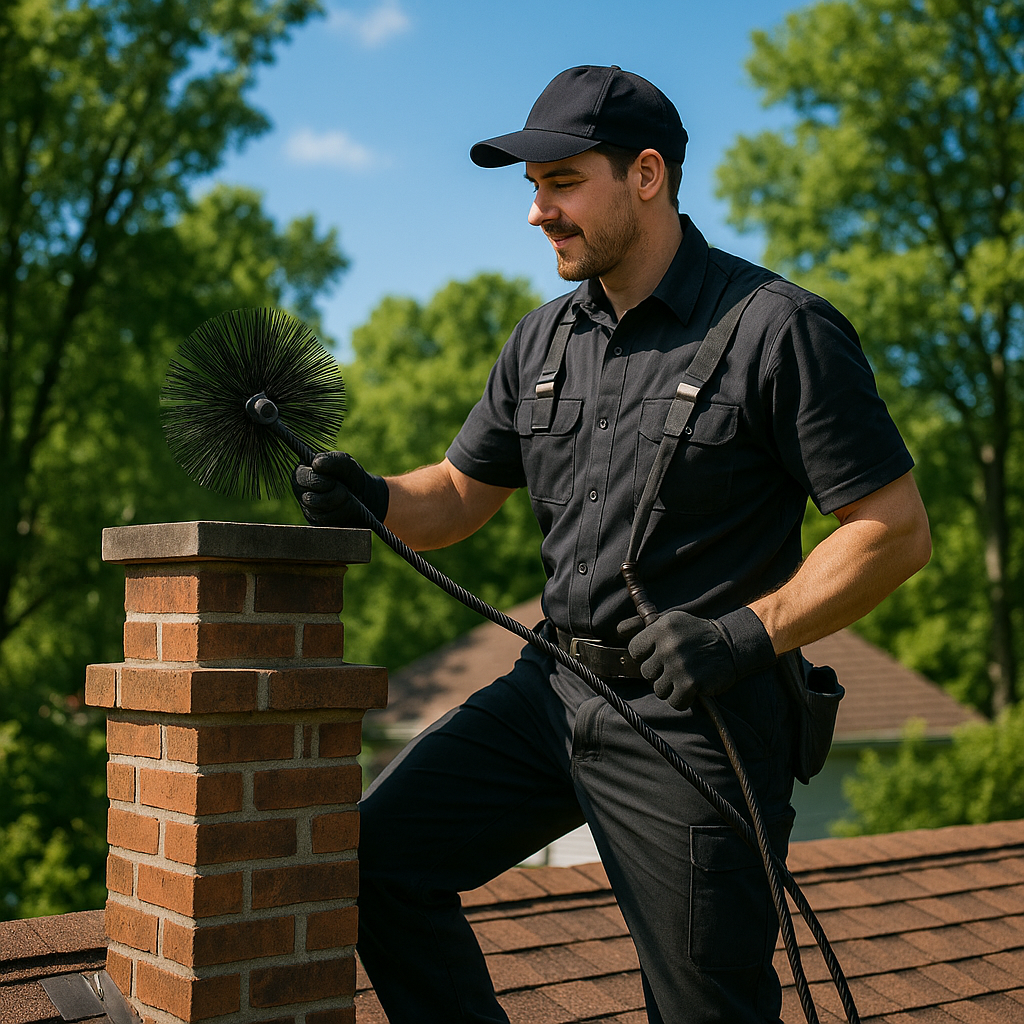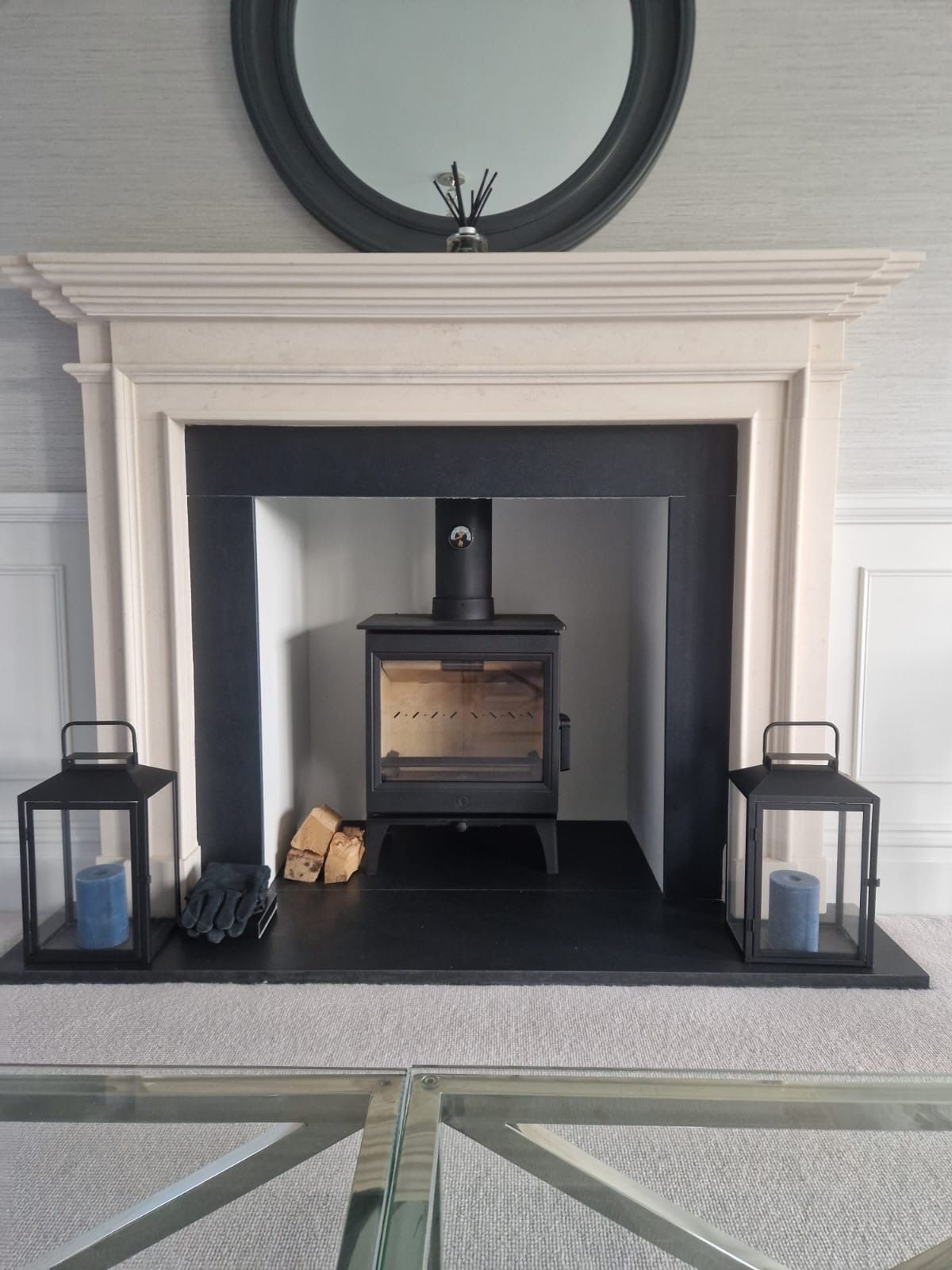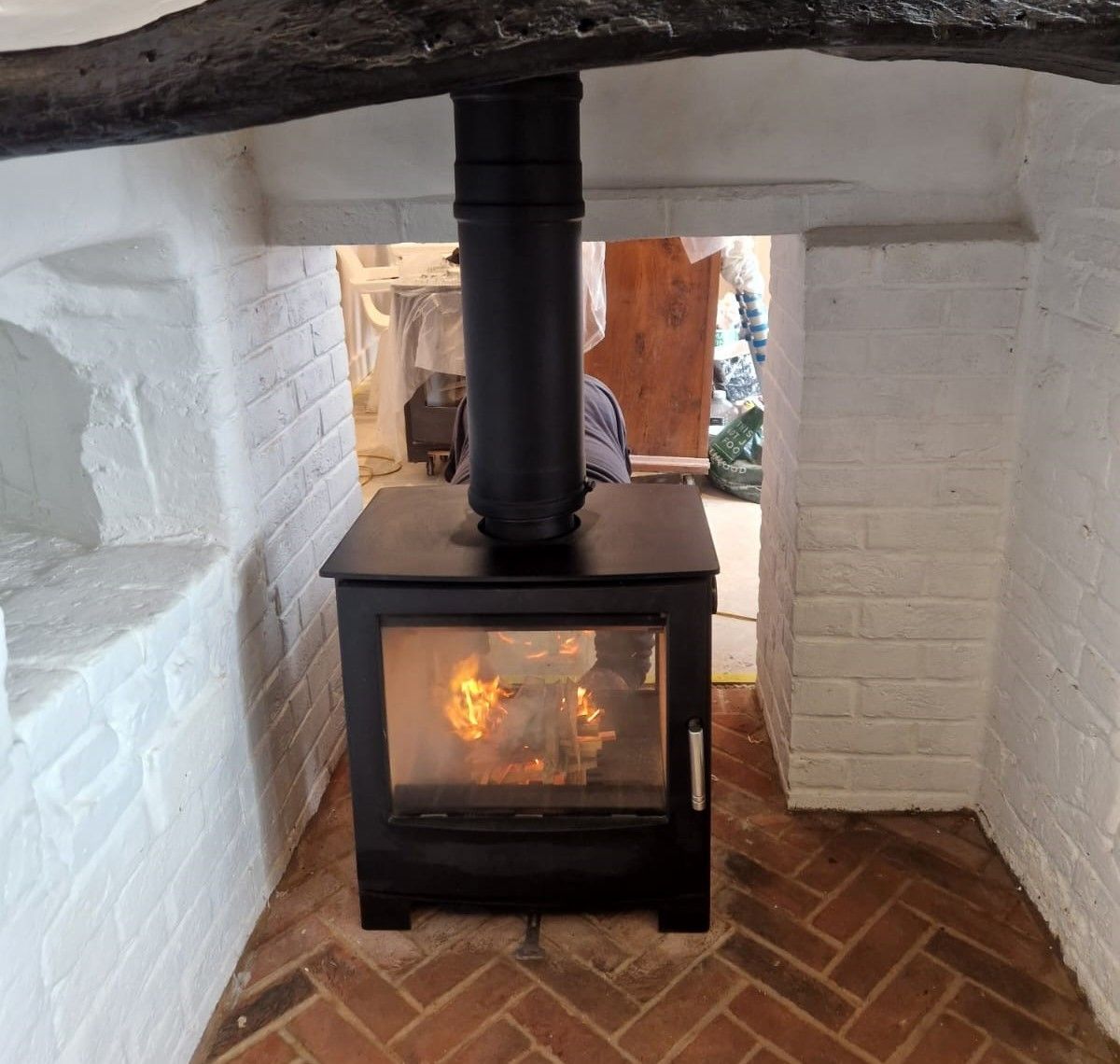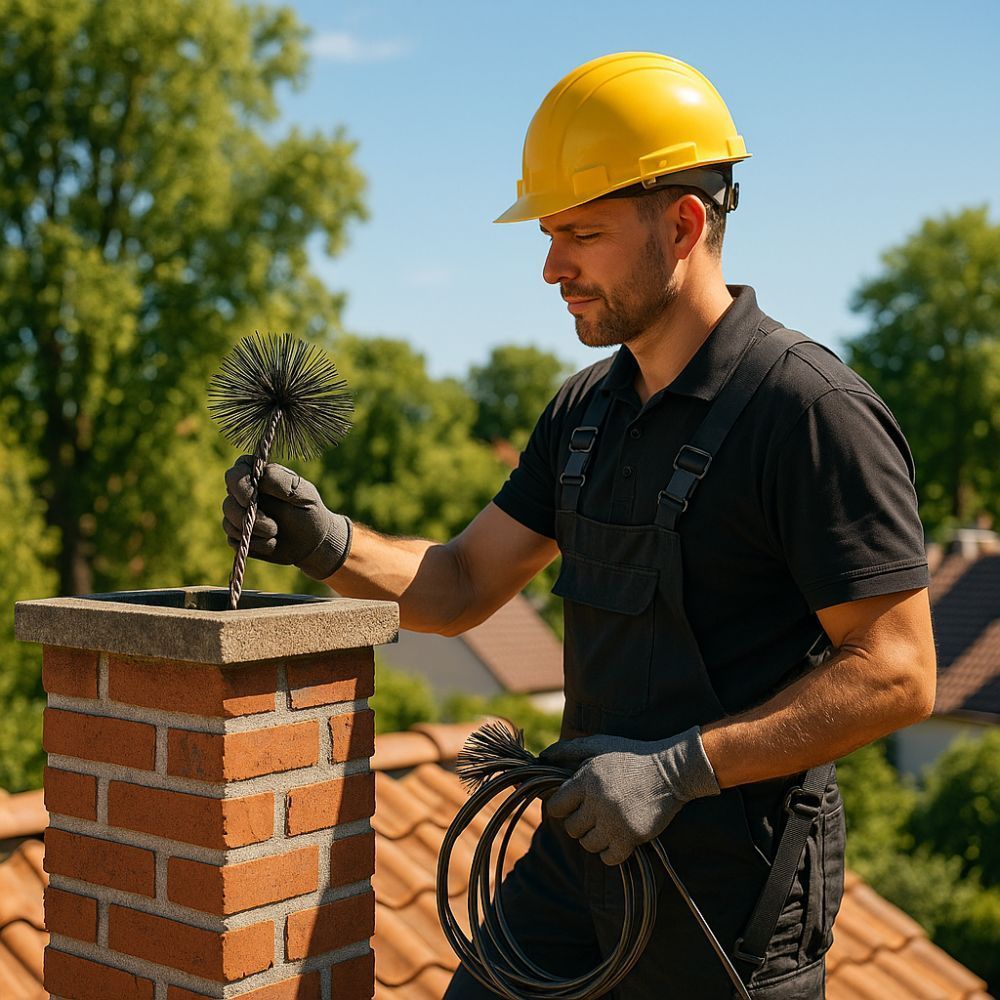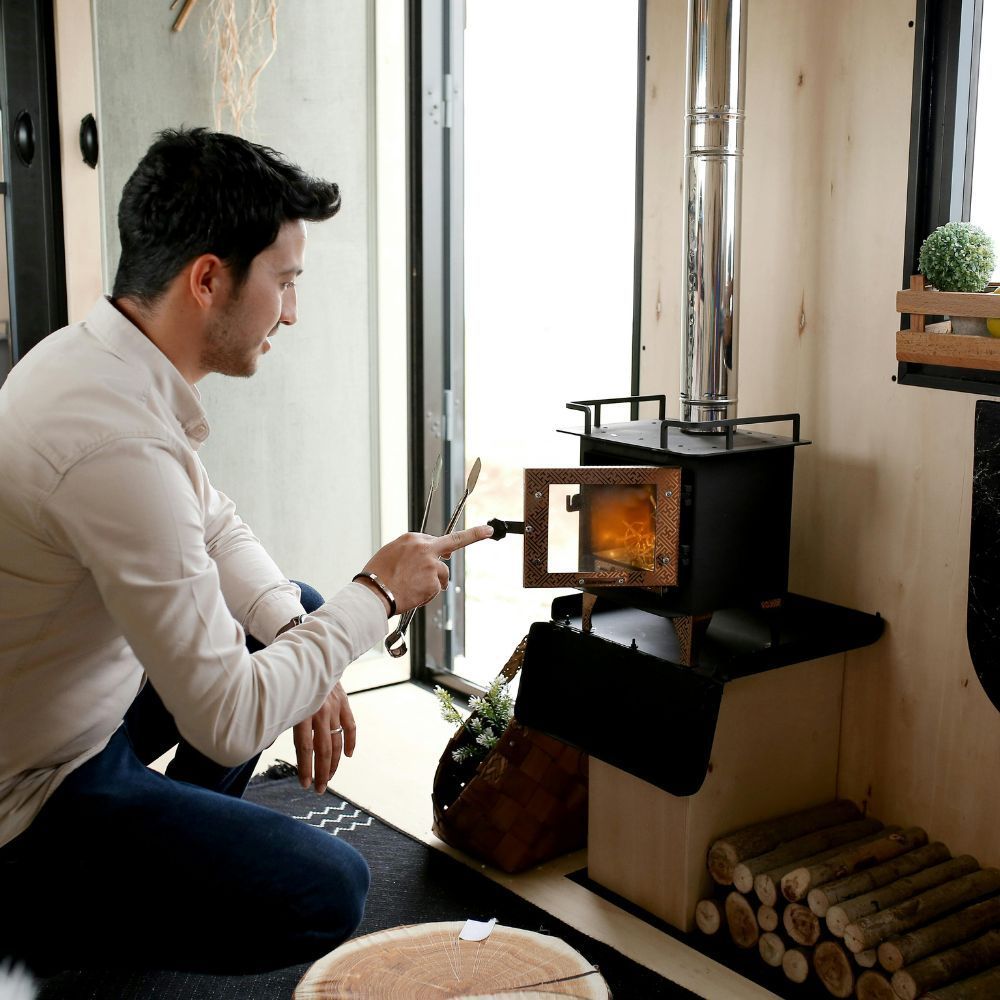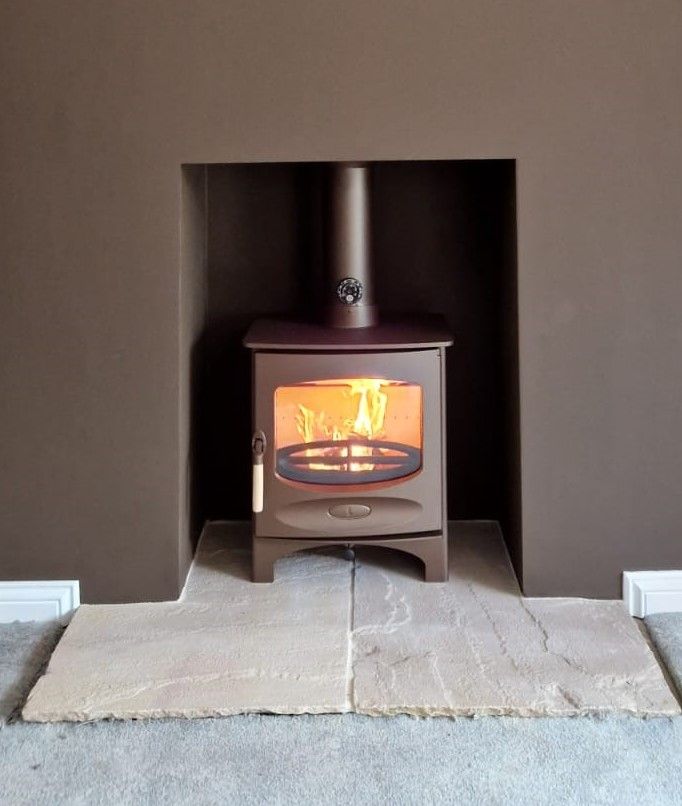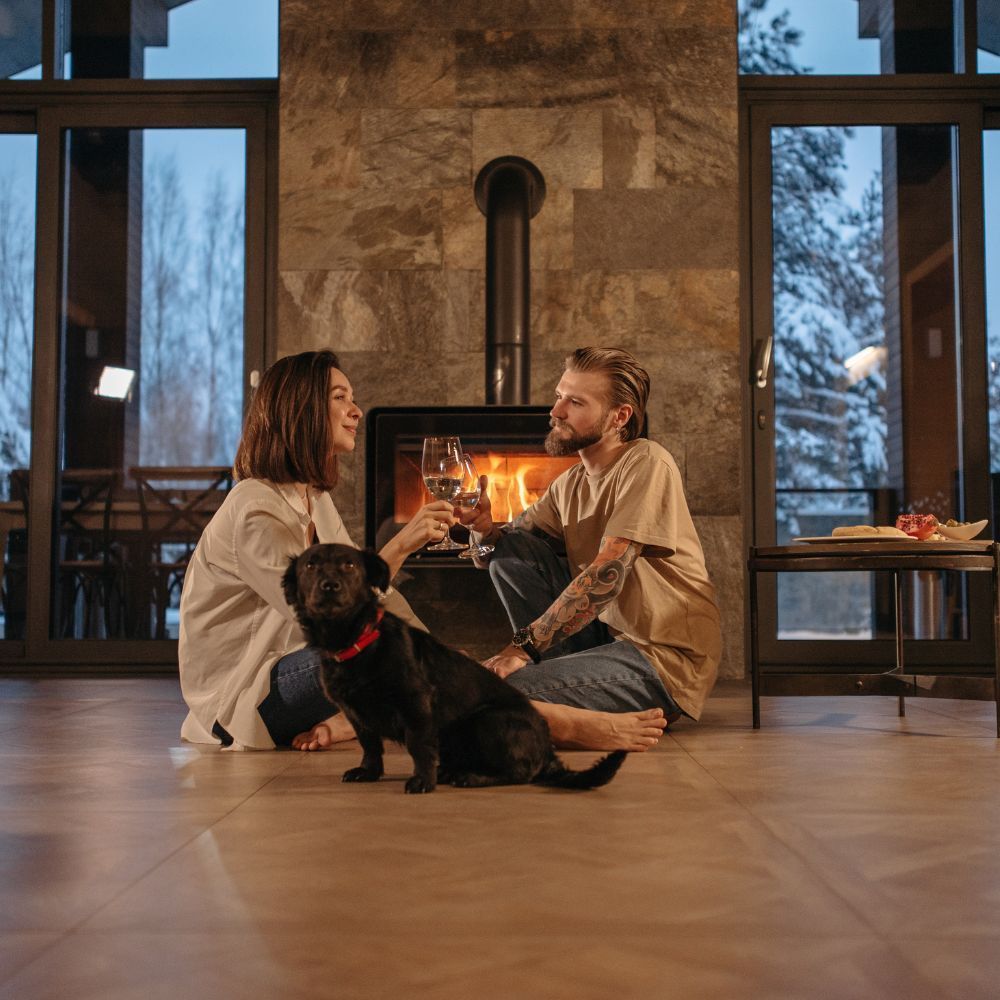How to choose a wood burning stove
So many stoves, so little time...
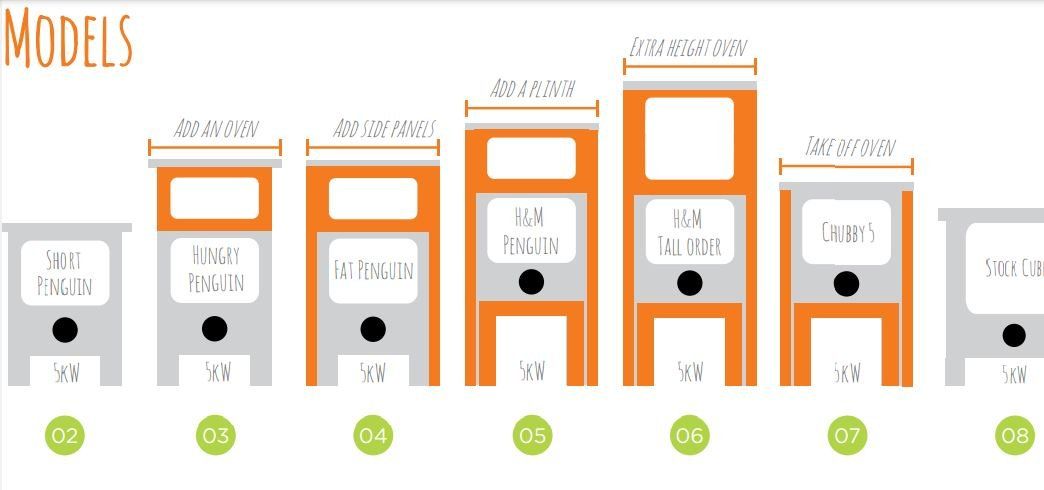
Choosing a stove can be a daunting experience. There’s a dearth of good, disinterested information. The lifestyle-supplement listicles you find in national newspapers are reliably ignorant, peer-to-peer reviews tend to be limited by experience (many stove users only ever own one stove, because stoves are built to last), too many builders and architects demonstrate only a partial understanding of how they work and the internet is flooded with marketing masquerading as guidance. So what are the most important aspects to consider?
Performance
This is the most important question to ask about any stove: is it any good? There are plenty of good stoves, but an infinitude of crummy or mediocre ones.
There are a few stove brands that have been around for decades. The best of them have been quietly making consistently reliable and excellent stoves all this time and let their reputation precede them; others are not so great.
Parsing the younger upstart brands is even trickier – you can get lost in the thicket of stove start-ups - but some of them are truly excellent. They’re often priced more competitively to compensate for the lack of heritage and established reputation.
Claims of high efficiency and an airwash system are now ubiquitous on stoves but are still broadcast as if they were unique selling points. But statistics don’t tell you much and reported performance is generally achieved under test conditions that won’t necessarily reproduce in the real world, so try stoves out if and where you can. Find showrooms with demonstration stoves. We currently have nine demo stoves in our showroom with a few more in the pipeline, for exactly this reason. Look for how responsive a stove is and how easy it is to light. Does it feel reassuringly solid? Do you like the door-latching mechanism and are the moving parts both sturdy and easy and smooth to operate? Does the glass stay clean? Can you achieve a nice, slow-rolling flame once the stove’s up to temperature? There’s nothing like road-testing a stove to get a feel for it. And even if you can’t light a stove, at least you can get a feel for the brand’s build quality. Buying blind is like buying a car without even testing a door handle.
Cost
It’s not cheap to build a good stove, nor to build a company that’s going to survive and satisfy service requirements for the foreseeable future. A cheap stove is not going to be a good stove, nor is it likely to be one for which spare parts will be available in ten years’ time. But there is a sweet spot for cost/quality in which an extra two or three hundred pounds can buy you a radically better stove, but beyond which the correlation becomes increasingly marginal. Beyond a certain price point, you’re often paying for complex engineering with little or no corresponding improvement in core function. If that’s what you want or need, all well and good, but don’t feel like spending more at this point is necessarily going to buy you a better stove. And bear in mind that the more complicated a stove is, the more expensive it will be to install, maintain and service.
It can also be informative to research the cost and general availability of spare parts; costs vary widely; sometimes you might have to wait weeks for parts to ship from overseas. It's probably not going to be a critical factor, but if you're weighing up contenders, it could be enough to tip the scales, and it's the kind of thing it's worth knowing in advance.
Flue
All too often, the flue for a stove is treated as an afterthought. This is a huge mistake. The flue is the engine that drives the stove. An inadequate or poorly designed flue will humble the best of stoves, and a perfect flue can make even the shoddiest stove blaze brightly. Flue height and diameter can be critical. The flue should be as straight as possible and the warmer its ambient temperature, the better. It needs to terminate in clear air where wind movement creates minimal turbulence. It’s far better, and you will get much greater enjoyment from your stove, if you position the stove optimally for the flue requirements. In any event, the height, diameter and construction characteristics of your flue will weigh heavily on what kind of stove you can, or should, install. If there’s an order to respect, it’s flue first, then choose a stove that will work well on it.
Heat output
It’s important to avoid either a shortfall or an over-specification in kilowatt output when choosing a stove. There is a notional brute correlation between a room's dimensions and the heat output required from the stove to raise the mercury to ‘room temperature’ unassisted. This should take into account levels of insulation and in its simplest form is a calculable equation for a heating engineer to determine, but ignores…
Purpose
It sounds like a silly question, but what do you want the stove to do? Do you want it to take on the entire heating burden of the room, complement the central heating, or just supply ambience at Christmas or when you have friends over? Does it even need to heat the whole room if you’re always going to sit three feet in front of it? You can feel quite toasty in front of even a tiny stove, even if the thermostat shows well below room-temperature. Do you plan to run the stove all day or do you need it to quickly heat up a room in the evening instead? A larger stove will heat a room gratifyingly quickly, but might be over-powering over a prolonged period.
One of our old colleagues used to keep a 12kW stove in an unheated small guest room. He could light it half an hour before bed-time and the room would be cosy for his guests, who could then re-light it in the morning for a quick blast of heat before getting dressed.
The reverse scenario would be a requirement to heat a medium-to-large room which is occupied all day: it might initially take a while for a modestly sized stove to get the room warm, but if over a sustained period the stove can then easily maintain a comfortable temperature, it would be counter-productive to install a larger stove that would be over-powering within a couple of hours of lighting.
It’s critical to think this through yourself before committing to an installation. An expert can only help you parse the available options if you give him good guidance on your requirements. Otherwise, the default heuristic will be an agnostic heat output calculator that takes no account of how you plan to use the stove.
Distance to combustibles
This one’s pretty simple. Many stoves get almost as hot on the back and sides as they do at the front. Others – generally called convection stoves – are built to be fitted closer to combustibles. Either way, there are general rules about the placement of stoves in relation to combustible materials, and there are precise specifications supplied by manufacturers for each and every model, which are nearly always supplied with the stove’s other technical details.
These are the minimum distances that must be maintained from combustible materials and that sensibly should be maintained even from non-combustibles (e.g. plaster) that might nonetheless be negatively affected by intense radiant heat. Some brands publish neat little diagrams showing different stove-to-wall configurations.
Whatever your situation, it may be that there are limits on which stoves it is possible to fit.
Fuel
If you think you’re going to want to burn smokeless fuels as well as logs (e.g. anthracite or manufactured fuels like Homefire etc.), you will need a multifuel stove. Multifuel stoves are built with a different air distribution system to allow for multifuel burning. Pure woodburners only burn wood – don’t buy one if you want to burn fossil fuels too.
The other consideration would be log size. If you’re used to cutting your own logs, you might prefer a stove with a wider door opening. Cutting logs to 15” is 50% less work than cutting them to 10”. And if you already have a supply of long logs, check that they will fit in the stove you’re considering. It’s hard to imagine anything more frustrating than having to trim two inches off each of the six hundred logs stacked in your logstore because they won’t fit through the stove door.
Appearance
Our first colleague in this business liked to emphasise that the joy of a stove’s appearance was to be found primarily in the clarity of the glass – i.e. the extent to which you could enjoy an uninterrupted view of the flames (he was particularly wedded to a specific stove brand with quite a quaint, traditional design – not everyone’s cup of tea - so that probably informed his desire to downplay aesthetics). And he was certainly correct that a stove has more important characteristics than prettiness. If a stove doesn’t work well, you’ll soon forget why you fell in love with it in the first place.
Nonetheless, a stove is unavoidably a piece of furniture as much as a tool and there will probably be several hours a day and several months a year when your stove is not in use and it will catch your eye then too, so it would be foolish to ignore its raw kerb appeal.
Some manufacturers seem almost indifferent to the appearance of their stoves; others have clearly invested a lot of thought and attention into the cosmetic aspects of design. How much that matters is up to you.
It’s the aspect we professionals are ultimately least likely to influence. Which is as it should be. Love is in the eye of the beholder. So by all means allow yourself to be dazzled; if you've read this far, you'll already be keeping a weather eye on compatibility issues.
If you need help or guidance on choosing the right stove for you, just drop us a line: info@newforestfires.co.uk

